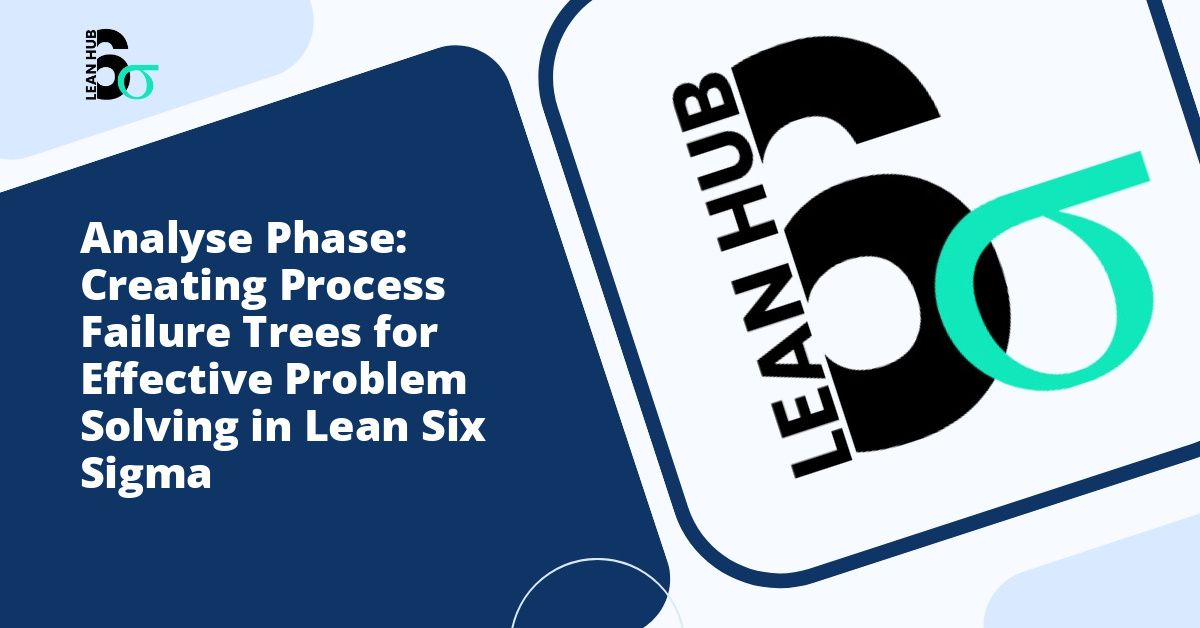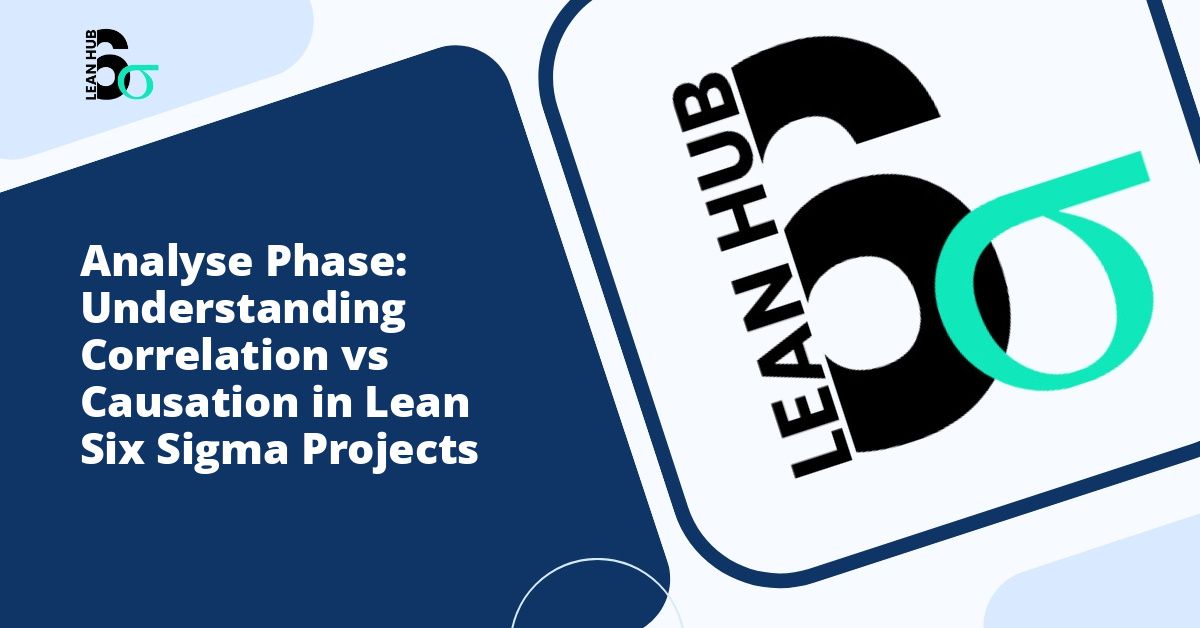The Analyze phase represents a critical juncture in any Lean Six Sigma project, where data transforms into actionable insights. As project teams prepare for the Analyze phase tollgate review, they must anticipate the rigorous questions that Champions and stakeholders will pose. This comprehensive guide explores the essential questions you should expect and how to prepare compelling responses that demonstrate project progress and analytical rigor.
Understanding the Analyze Phase in Lean Six Sigma
Before delving into the specific questions Champions will ask, it is important to recognize phase objectives within the Lean Six Sigma methodology. The Analyze phase follows the Measure phase and precedes the Improve phase in the DMAIC (Define, Measure, Analyze, Improve, Control) framework. During this critical stage, project teams examine collected data to identify root causes of problems, validate hypotheses, and establish relationships between input variables and output metrics. You might also enjoy reading about Correlation Analysis in Six Sigma: Understanding Linear Relationships in Data for Process Improvement.
The tollgate review serves as a quality checkpoint, ensuring that teams have completed necessary analytical work before advancing to solution development. Champions, who sponsor and oversee Lean Six Sigma projects, play a vital role in evaluating whether teams have thoroughly investigated the problem and identified genuine root causes rather than symptoms. You might also enjoy reading about Chi-Square Test Explained: When and How to Use It in Six Sigma Projects.
Core Questions About Data Analysis and Validation
Has the Data Been Properly Validated?
Champions will scrutinize whether your team has verified data accuracy and reliability. They expect to see evidence of data validation activities, including checks for completeness, consistency, and accuracy. Be prepared to explain how you addressed missing data points, outliers, or anomalies discovered during analysis. Your response should demonstrate that conclusions rest on a solid foundation of verified information rather than questionable datasets. You might also enjoy reading about Data Stratification Analysis: Breaking Down Data to Reveal Hidden Patterns for Better Decision Making.
What Statistical Methods Were Applied?
Project teams must articulate which analytical tools and statistical techniques they employed during the Analyze phase. Champions will want to understand why specific methods were chosen and how they contributed to uncovering root causes. Common techniques include hypothesis testing, regression analysis, correlation studies, and process capability analysis. Your explanation should be thorough yet accessible, avoiding unnecessary technical jargon while demonstrating analytical sophistication.
Questions Regarding Root Cause Identification
What Are the Verified Root Causes?
This question forms the cornerstone of the Analyze phase tollgate review. Champions need to recognize phase completion through clear identification of root causes backed by data. Teams should present a prioritized list of root causes, supported by statistical evidence and logical reasoning. Avoid the common pitfall of confusing symptoms with actual root causes. Use tools such as the 5 Whys, fishbone diagrams, and Pareto analysis to demonstrate thorough investigation.
How Did You Distinguish Between Root Causes and Symptoms?
Experienced Champions understand that many teams mistakenly identify symptoms as root causes. They will probe your methodology for differentiating between the two. Prepare to explain your validation process, showing how you tested potential causes and eliminated those that were merely correlated rather than causal. This demonstration of analytical thinking proves that your team has invested sufficient effort in understanding the problem at its fundamental level.
Process Performance and Capability Questions
What Does the Data Reveal About Current Process Performance?
Champions expect comprehensive insights into how the current process performs relative to customer requirements and business objectives. Present process capability indices, defect rates, and variation analysis. Explain whether the process is stable and predictable or subject to special cause variation. This information contextualizes the improvement opportunity and helps stakeholders understand the magnitude of the problem.
Which Input Variables Have the Strongest Impact?
Through the Analyze phase, teams should identify critical input variables that significantly influence output metrics. Champions will ask about the strength of these relationships and the evidence supporting your conclusions. Be prepared to present regression coefficients, correlation values, or designed experiment results that quantify these relationships. This information becomes crucial when developing targeted improvements in the subsequent phase.
Strategic Alignment and Business Impact Questions
How Do Your Findings Align With the Project Charter?
Champions will verify that analytical work remains focused on the original problem statement and project scope defined during the Define phase. They want assurance that the team has not drifted into tangential issues or expanded beyond agreed boundaries. Demonstrate clear connections between your root cause analysis and the business problem outlined in the project charter. If scope modifications appear necessary based on analytical findings, be prepared to discuss these recommendations with supporting rationale.
What Is the Potential Impact of Addressing These Root Causes?
While detailed solution development occurs in the Improve phase, Champions appreciate preliminary estimates of improvement potential. Based on your analysis, provide educated projections about expected benefits if identified root causes are successfully addressed. Quantify potential gains in terms relevant to your organization, whether financial returns, quality improvements, cycle time reductions, or customer satisfaction enhancements.
Questions About Analytical Tools and Methodology
Which Lean Six Sigma Tools Proved Most Valuable?
Champions value learning which analytical tools delivered the greatest insights for your specific project type. Discuss tools such as value stream mapping, process mapping, failure mode and effects analysis (FMEA), or multi-vari studies. Explain how each tool contributed to your understanding of the problem. This reflection helps organizations build knowledge about effective approaches for different problem categories.
Were There Any Unexpected Discoveries During Analysis?
Analytical work often reveals surprising insights that challenge conventional wisdom or existing assumptions about the process. Champions appreciate hearing about unexpected findings, as these discoveries frequently represent the highest value opportunities. Discuss any counterintuitive results and how they changed your understanding of the problem. This demonstrates intellectual curiosity and thorough investigation.
Team Dynamics and Resource Utilization Questions
Did the Team Have Adequate Resources and Expertise?
Champions need to recognize phase challenges that teams encountered regarding resources, skills, or support. Honest discussion about resource constraints helps organizations improve future project execution. If you required additional statistical expertise or specialized analytical tools, explain how you addressed these needs. This feedback informs resource planning for subsequent projects.
How Effectively Did the Team Collaborate During Analysis?
The Analyze phase often requires diverse expertise, from process operators who understand workflow details to data analysts who can perform sophisticated statistical work. Champions will inquire about team collaboration and whether all relevant perspectives were incorporated. Highlight how cross-functional collaboration strengthened your analysis and led to more comprehensive root cause identification.
Preparing for Next Phase Questions
What Is Your Preliminary Approach for the Improve Phase?
Although detailed solution planning occurs later, Champions appreciate hearing initial thoughts about improvement strategies. Based on identified root causes, outline potential solution categories without committing to specific implementations. This forward-thinking perspective demonstrates that your team is building momentum toward tangible improvements while remaining flexible about solution details.
Are There Any Risks or Obstacles to Address?
Proactive identification of potential implementation challenges shows maturity and foresight. Discuss any organizational, technical, or resource-related obstacles that might complicate improvement efforts. Champions can often help navigate these challenges by providing sponsorship support, securing resources, or facilitating stakeholder engagement.
Conclusion
The Analyze phase tollgate review represents a pivotal moment in Lean Six Sigma project execution. By anticipating the questions Champions will ask and preparing thorough, data-driven responses, project teams demonstrate analytical rigor and readiness to advance toward solution development. Success at this tollgate requires not only technical competence in statistical analysis but also the ability to communicate insights clearly and connect findings to business objectives. Teams that recognize phase requirements and invest adequate effort in root cause analysis position themselves for impactful improvements that deliver measurable value to their organizations.
Remember that the tollgate review is not merely an approval checkpoint but an opportunity for meaningful dialogue about project findings and organizational learning. Embrace this conversation as a chance to refine your understanding, gain stakeholder buy-in, and set the stage for successful implementation of data-driven improvements.








